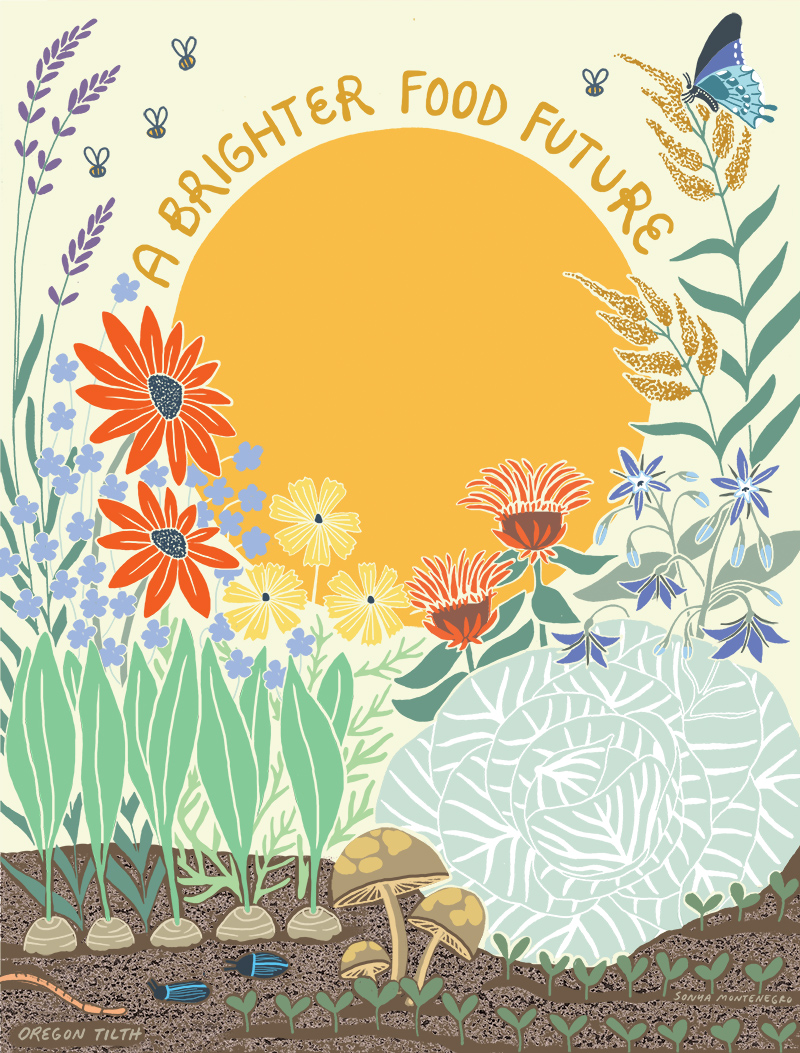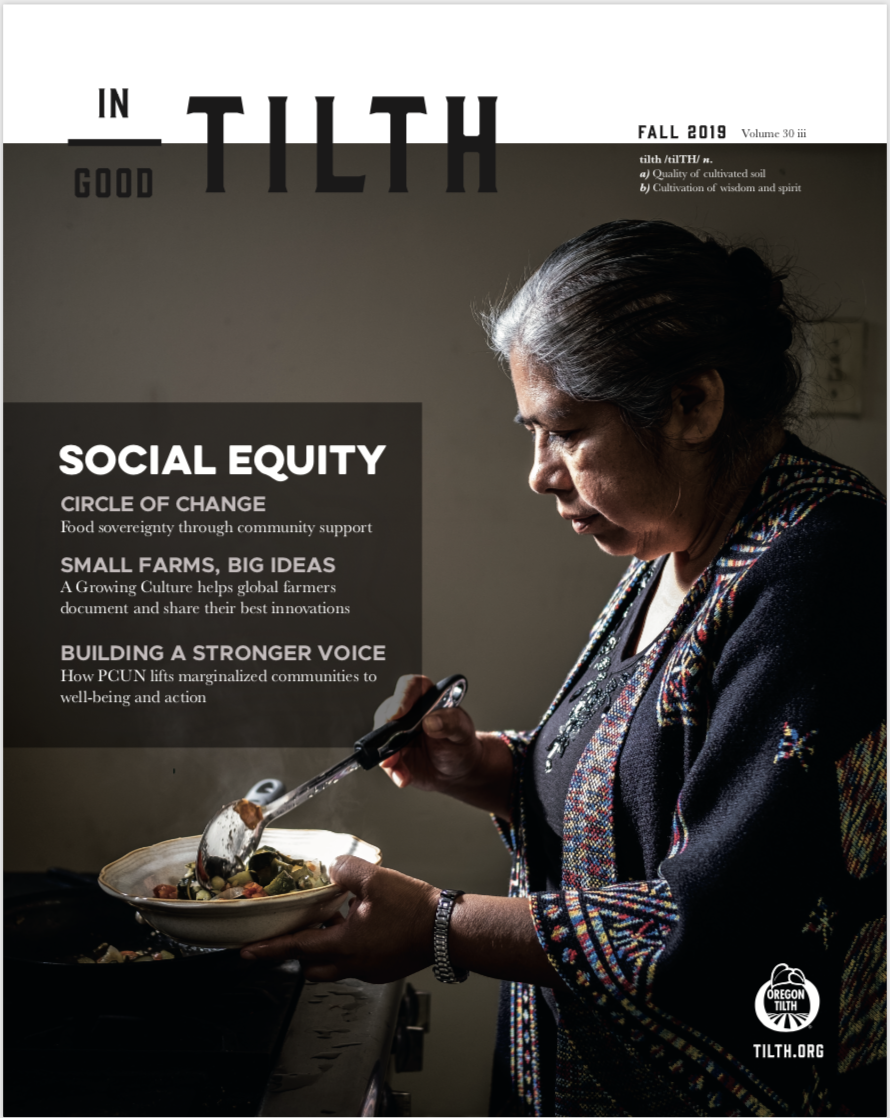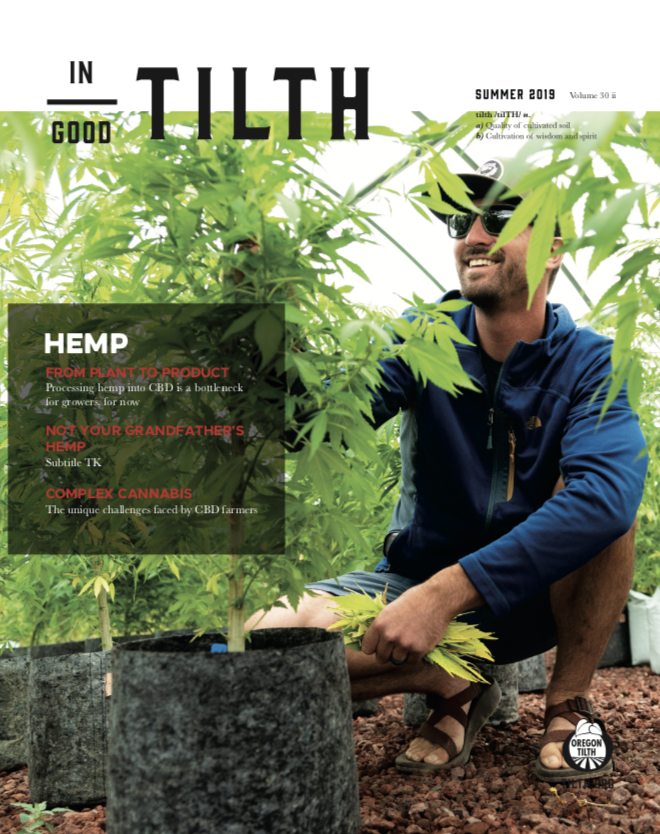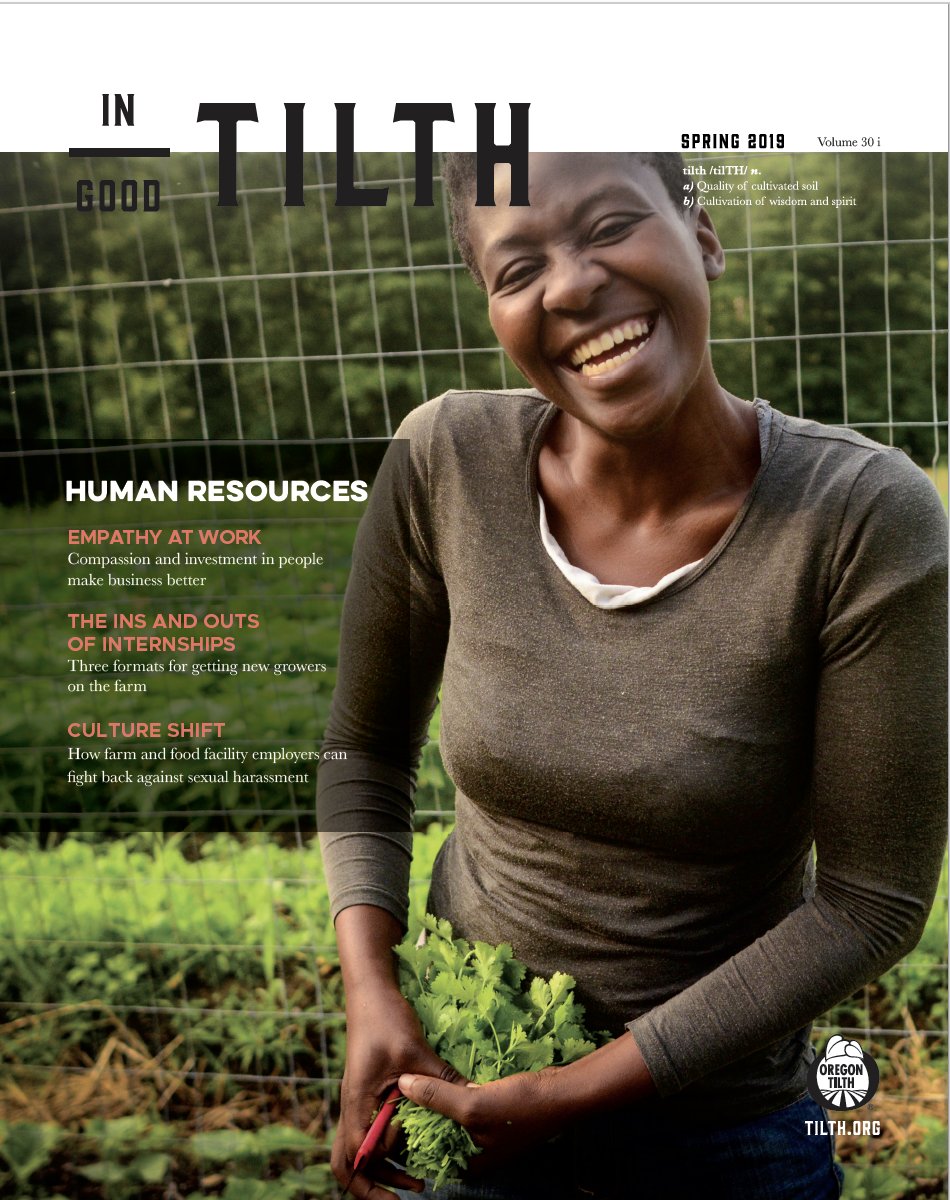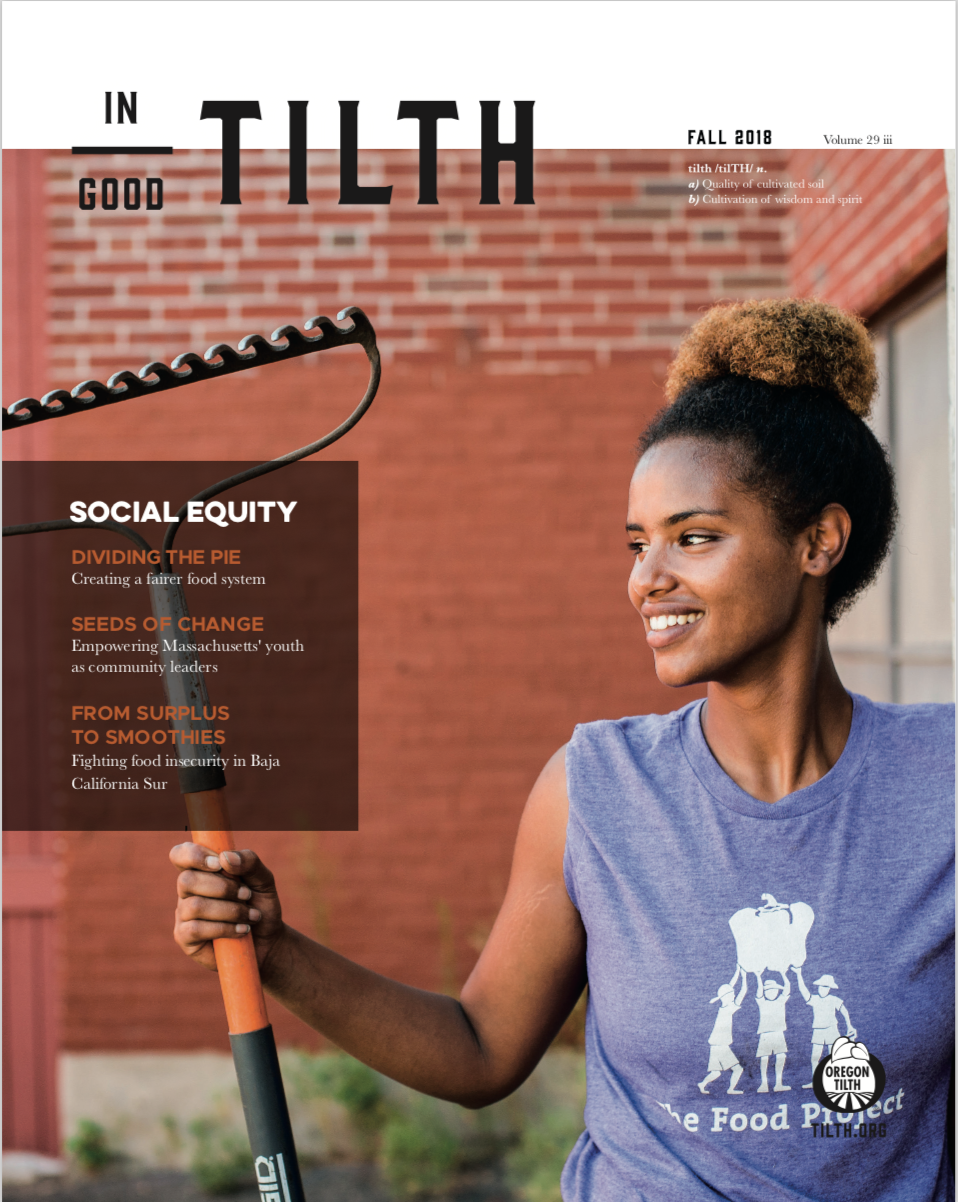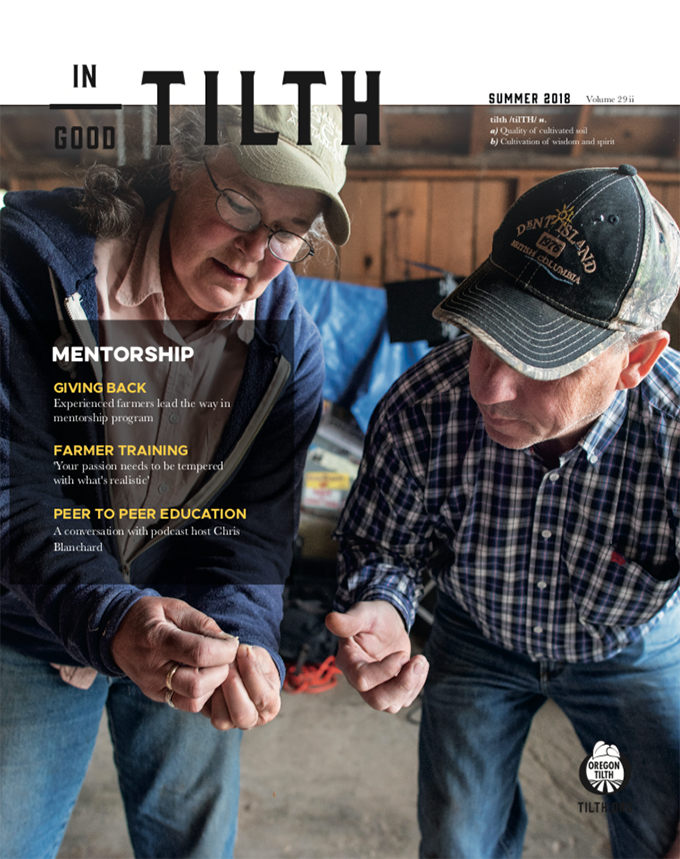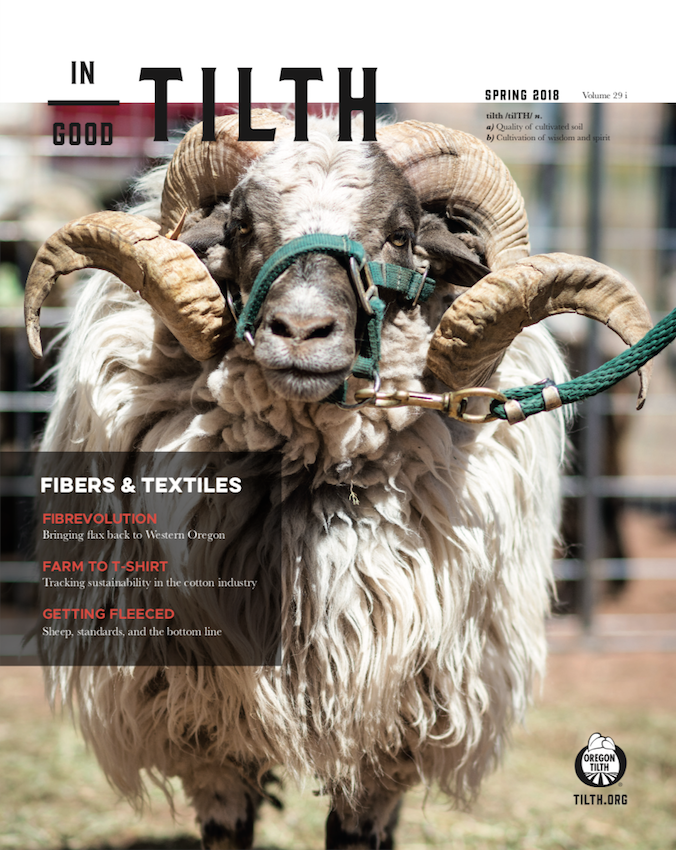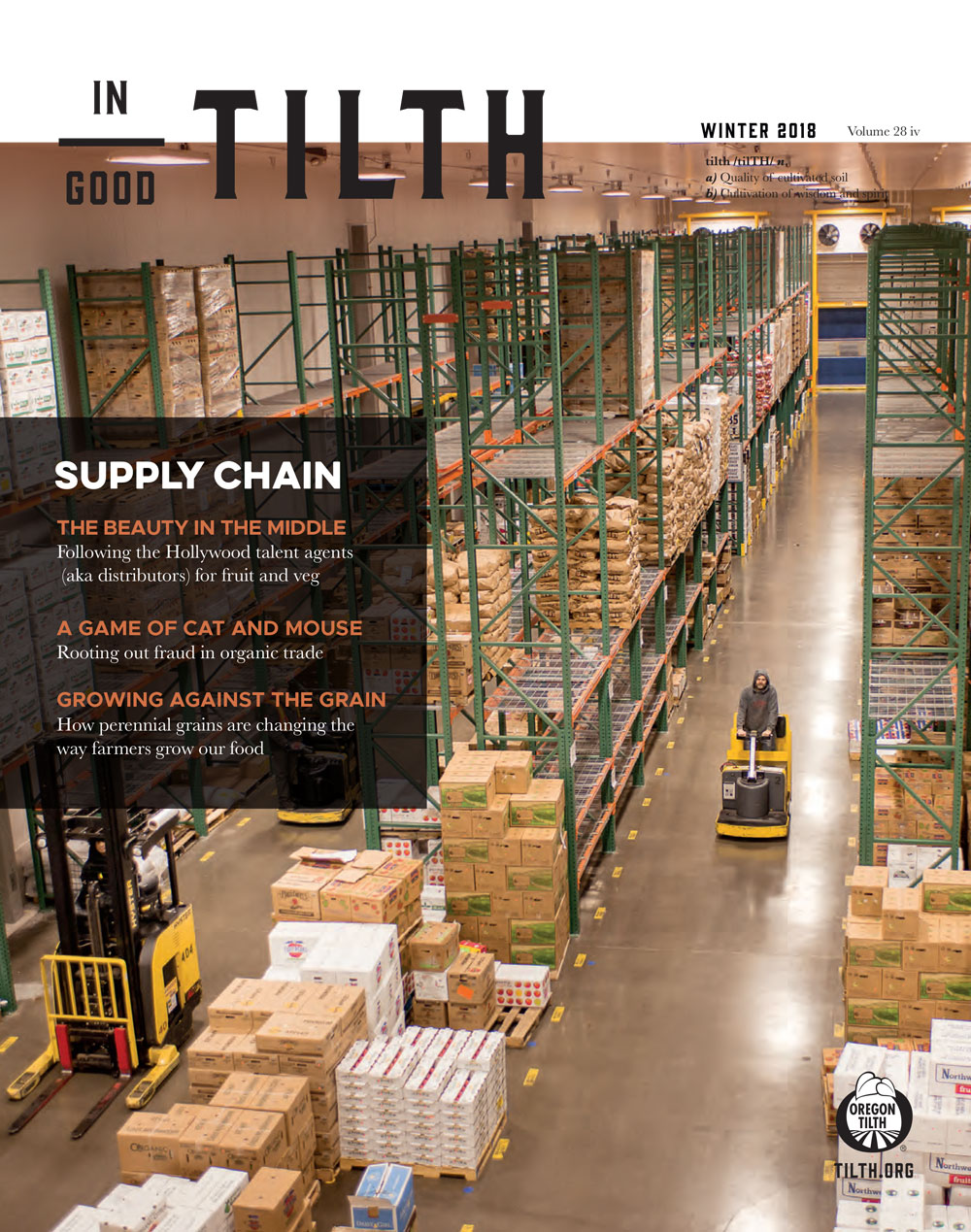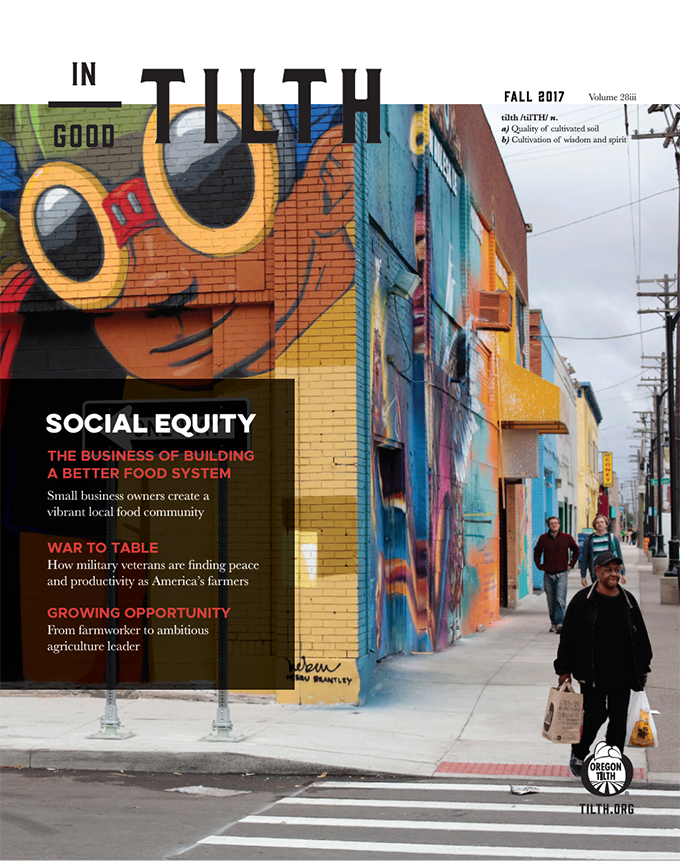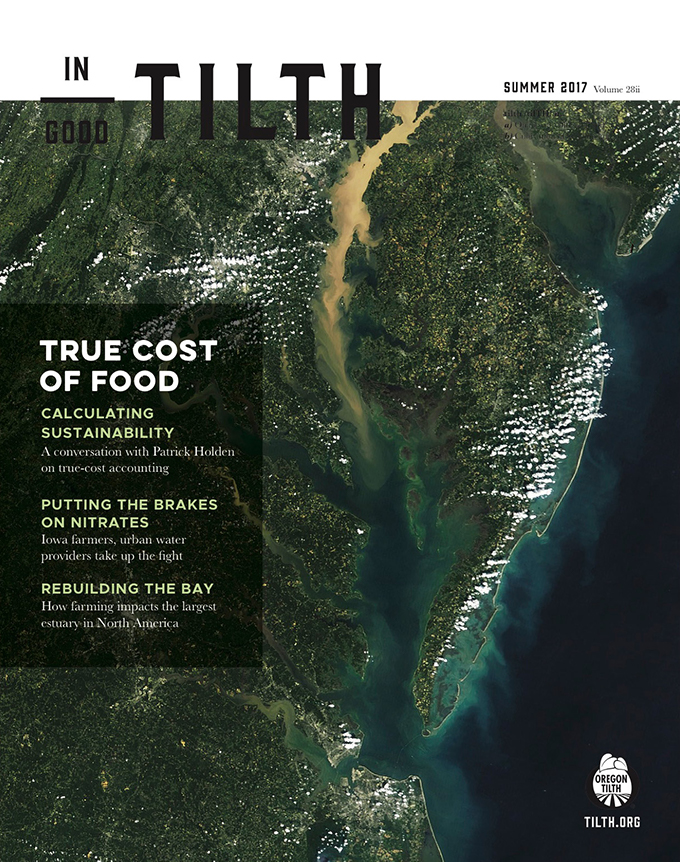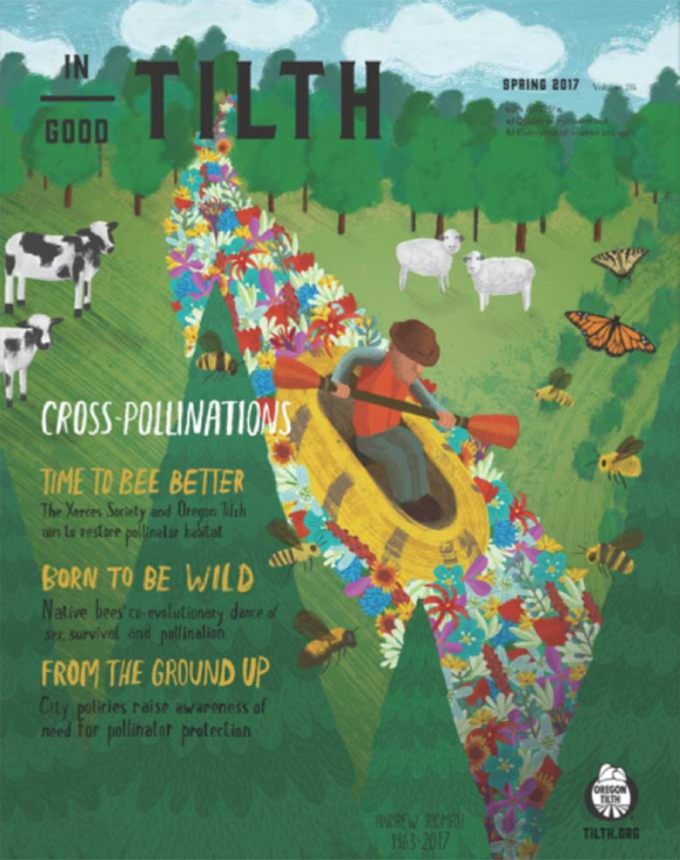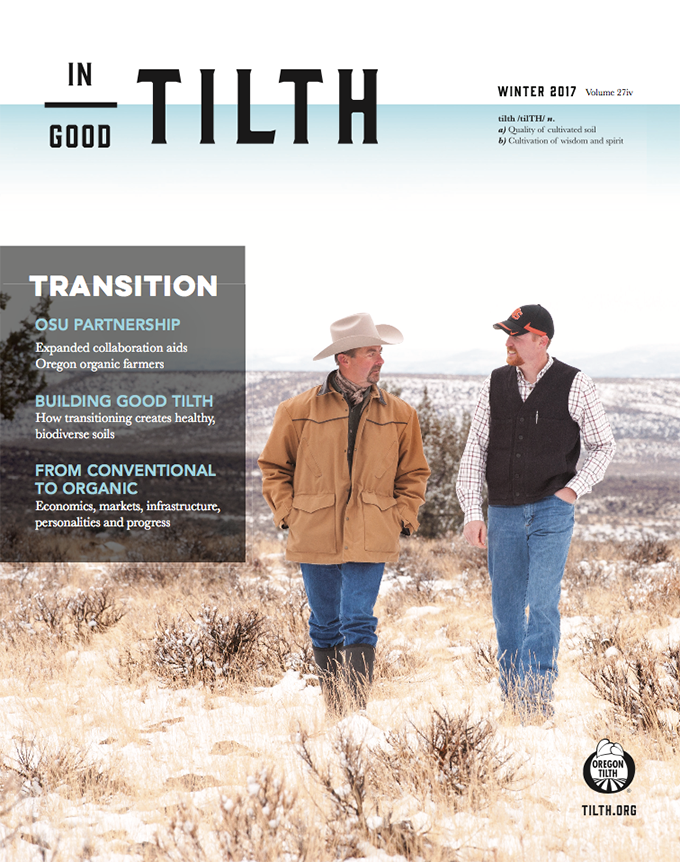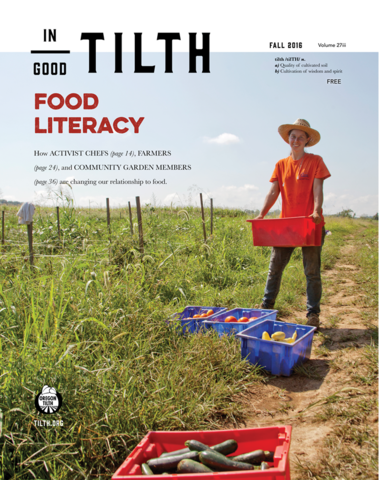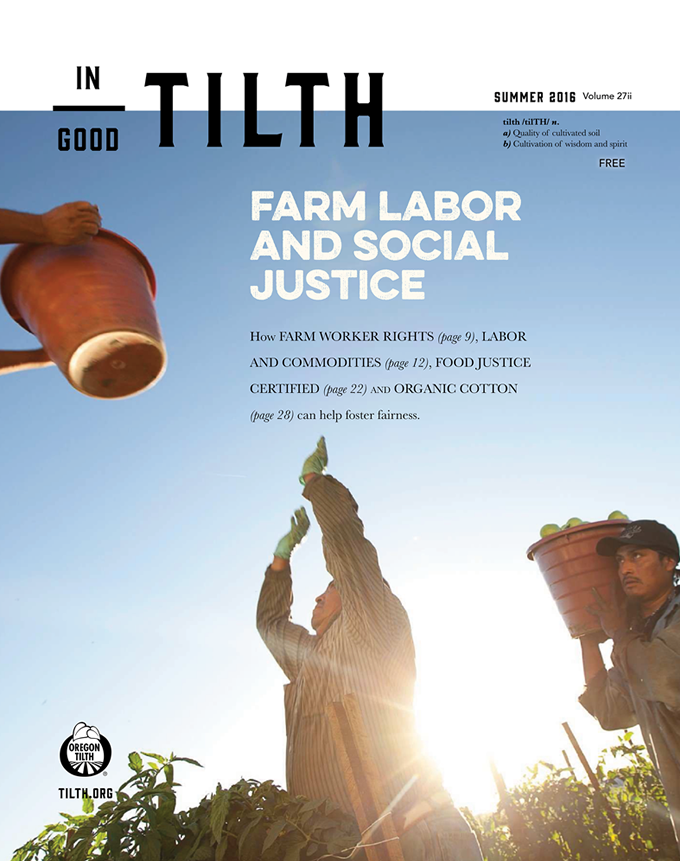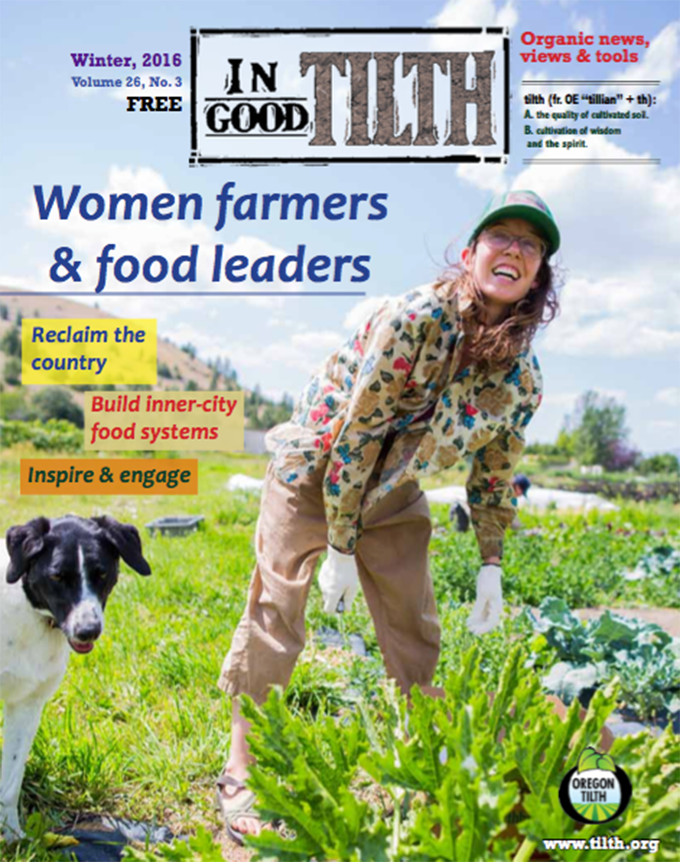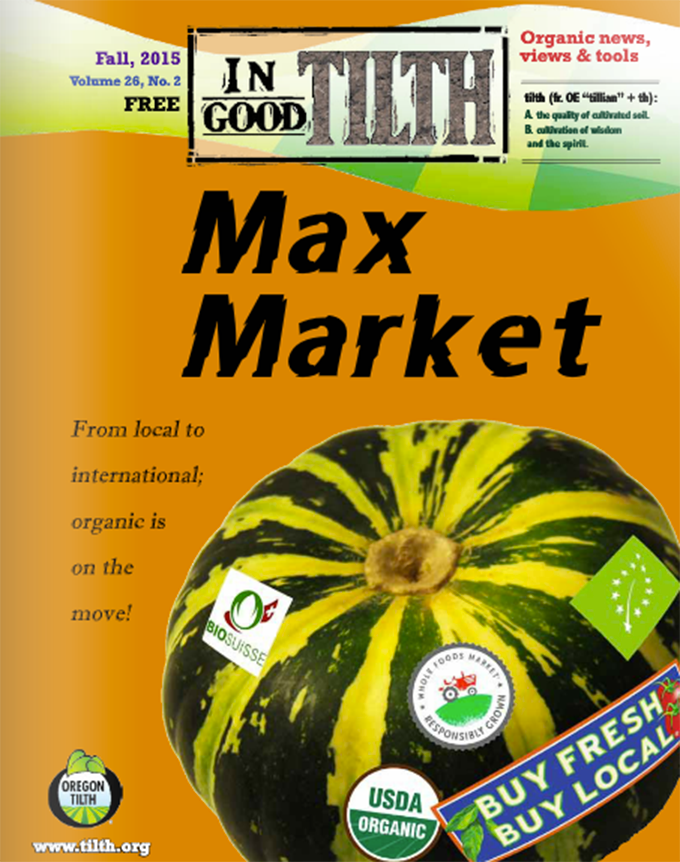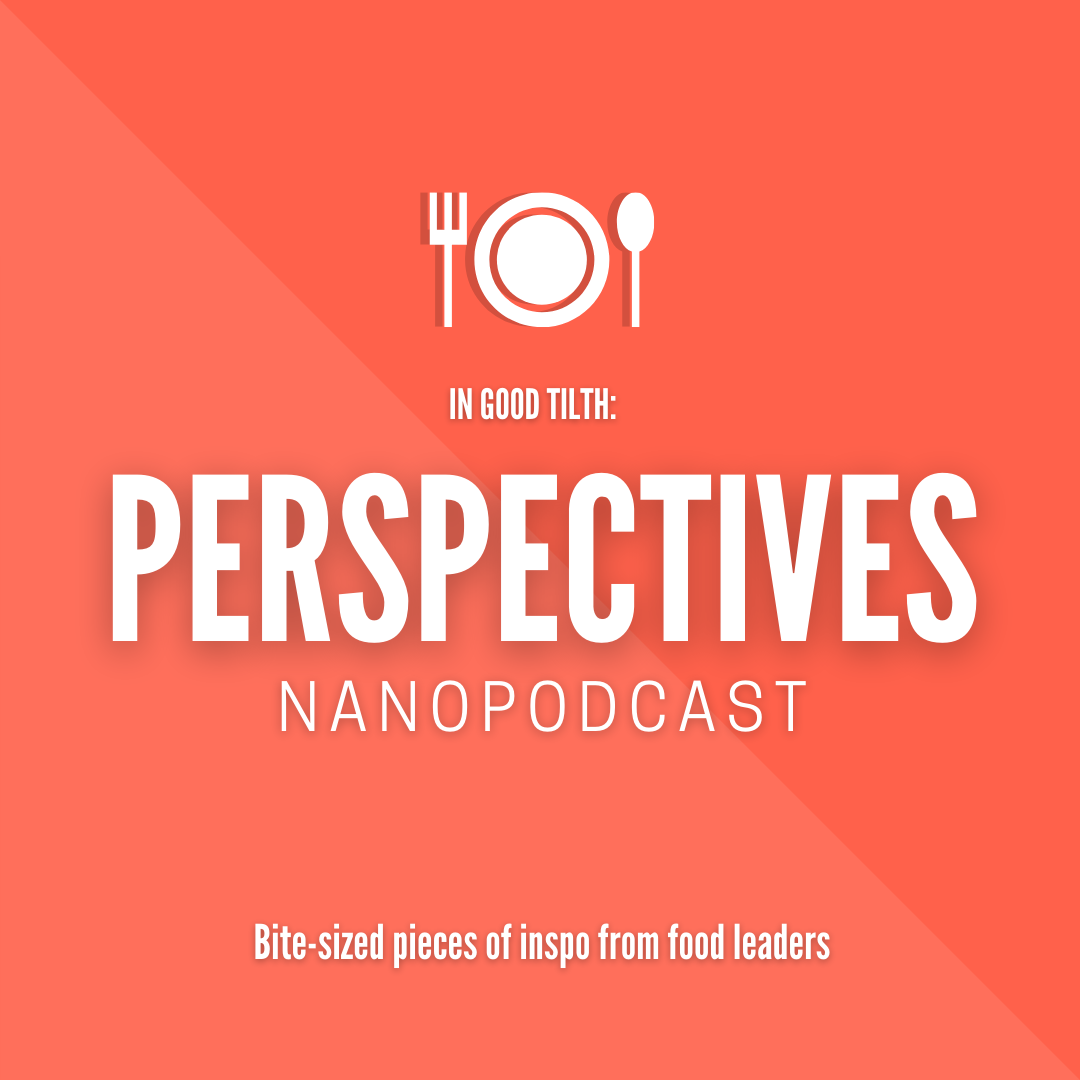When I decided to treat myself to a chocolate bar the other day, I didn’t expect to spiral into an ethical crisis. But browsing the candy aisle, I began to notice the labels. “Rainforest Alliance Certified” proclaimed the first, and “Bird Friendly” to boot. I liked the idea of supporting a more ecologically responsible farm; I’ll keep this one in mind, I thought. The next bar, though, was labeled “Fair Trade,” and at that moment my Sunday grocery trip sank into a moral quandary. Am I really the kind of person who’s going to put bird friendliness above a fair living wage for chocolate growers? I stood paralyzed in the supermarket aisle, a chocolate bar in each hand, trying to build up the courage to own the moral consequences of my actions.
Even if you’re not as neurotic as I am, it’s hard to avoid noticing the social and environmental impact of your purchases these days. Sustainability has gone from niche concern to mainstream consumer demand over the past three decades, as social and environmental awareness has percolated through the culture.
Customer inquiries about ethical sourcing are so common these days as to be the butt of comedy sketches. Products in every aisle of the grocery store boast of their sustainable cred through certification labels (legitimate or not). Corporations now routinely tout their social responsibility and environmental stewardship, both in advertisements and in annual reports prepared for investors by in-house sustainability departments.
Even if we set aside greenwashing and assume good faith, how can we know that sustainable actually means sustainable? The word was defined by the U.N.’s Brundtland Commission in 1987 as “Development which meets the needs of current generations without compromising the ability of future generations to meet their own needs.” This captures the spirit of sustainability, which encompasses everything from labor practices to fertilizer use, but leaves us with few practical tools to identify it when we see it. How can we accurately, reliably measure something as nebulous as production that doesn’t compromise the needs of future generations?
Harder than it seems
Like many simple and appealing ideals, sustainability quickly becomes complicated when applied to the real world. Assessing sustainability requires cutting through a thicket of incomplete information, deep complexity and local context. One has to consider not only what indicators of sustainability are actually relevant to the specific supply chain, but also if those indicators are reasonably measurable, and how they play out on the ground.
A farm is an exasperatingly complex system. The exact same farming practices could be smart and sustainable with one crop in one part of the world and disastrous in another. Tilling, fertilizing or cover cropping can have drastically different impacts on soil depending on the amount of rainfall a farm gets, the structure of the soil and the organisms living therein. Different pesticide applications or biocontrol practices could be successful, catastrophic or just unnecessary, depending on countless, complex ecological interactions happening beneath, around, above and within the crops. To measure the environmental sustainability of a farm, indicators must be contextualized to the ecology, nutrient cycling dynamics and climate of that particular farm’s locality.
Likewise, economic and social sustainability is highly dependent on the local economy and how it functions. Whether a farmer has access to capital, and whether those loans come through formal banking or informal community channels, could play a big role in whether a farm could survive a few bad seasons. The social sustainability of a farm could depend heavily on whether it hires and trains local workers — or not; it depends on what the local talent pool looks like. Whether or not it’s relevant to measure labor practices on a farm in a company’s supply chain depends on the enforcement of labor laws, which vary drastically from country to country, and even location to location within a country.
All of this complexity makes it difficult to apply a uniform standard for sustainability across different farms. Take those chocolate bars I was considering in the supermarket aisle. Chocolate is a global cash crop with a problematic colonial history that is plagued to this day by socially and environmentally unsustainable practices. It is grown primarily in West Africa, but is also produced in Latin America and Southeast Asia. The sustainability issues in each chocolate producing region are quite different, and assessing the sustainability of a chocolate supply chain requires an understanding of those local nuances.
Child labor is more prevalent in West Africa than in Latin America. Banking systems and access to capital are more formalized in Latin America than in West Africa. Annual rainfall differs substantially between the regions, necessitating different water management practices. Chocolate farms in different parts of the world grow in different soils, with different climates and face different diseases. In Latin America, chocolate farms have been ravaged by outbreaks of the fungal pathogens called witches’ broom and frosty pod rot. Chocolate farms in West Africa don’t have these diseases but are instead struck by swollen shoot virus and black pod rot. Chocolate farmers in Southeast Asia must contend with an entirely different pest still, the cocoa pod borer moth. A tailored, flexible metric would yield a more relevant and meaningful measure of sustainability under these complex and variable conditions.
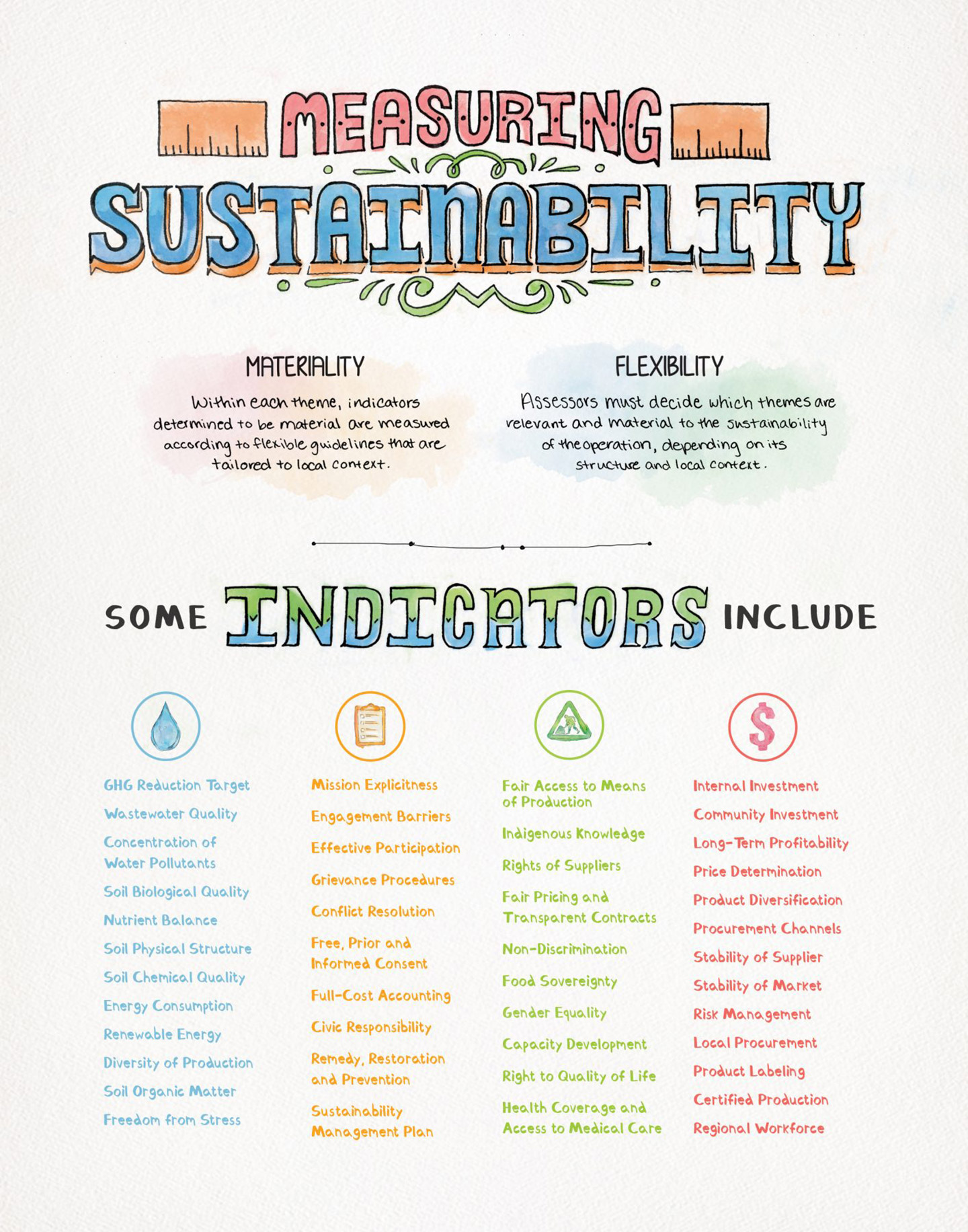
Putting a number on a principle
When we as consumers ask if food is sustainably produced, we’re asking an assessor to weigh carbon emissions, pesticide runoff, child labor and countless other considerations, and tell us “yes” or “no” so we can stop comparing two bars of chocolate and get on with our day. We’re asking for a general, emotional answer to a very particular set of specific, technical questions.
In the late ’80s, standards-based sustainability certifications such as Rainforest Alliance and Oregon Tilth were founded to answer these questions. Their uniform checklists of sustainability indicators and measurement protocols offer a simplicity and comparability that is crucial to a shopper trying to make a choice about the right chocolate bar. You can know exactly what that seal on the chocolate bar means, and which tests it passed. Standards-based certifications don’t capture all the local nuance on the ground, but they do give consumers the information they need to put their money behind sustainable producers.
As this consumer demand has grown, corporations have taken notice. Most S&P 500 companies are now investigating their global supply chains and releasing sustainability reports. While many companies are still looking to greenwash, smart ones are serious about improving their sustainability. Decades of data now show that sustainable production means good publicity, efficient use of resources and a steady supply chain that is less susceptible to disruption from labor strikes, pest outbreaks or law enforcement.
“What led the charge was altruism,” said Levi Stewart at the sustainability consultancy Sustainability Accounting Standards Board (SASB). “And there still is a very strong community that wants to have their money invested in a way that aligns with their morals. But what we’ve really started to see is an emergence of understanding that these sustainability impacts really do have financial implications. More and more investors are realizing that companies that manage sustainability impacts are not only at reduced risk of bad publicity and benefit from strong brand recognition, but are also more likely to efficiently manage their resources, which directly impacts the bottom line. Sustainability gives investors another lens to see, at a deeper level, how companies are managing their resources and the expectations of society.”
As teams of accountants, analysts and assessors in corporate sustainability departments investigate supply chains, they have a different set of questions, priorities and skillsets than a shopper in grocery store aisle, or the certification programs that cater to that shopper. They have more time and stomach to pour over a detailed, contextualized sustainability assessment, and to consider priorities and trade-offs. Should a chocolatier choose the chocolate farm spraying fungicide or the farm using child labor, and how should they factor in the difference in carbon-fueled miles the chocolate must travel? How about cost?
Responsible purchasing in real supply chains means prioritizing and navigating trade-offs between different dimensions of sustainability, and standards-based certification systems can be too rigid to answer these questions. So corporations and policymakers are turning to a new generation of sustainability assessments, which replace the rigidity of standards-based certifications with a more flexible, contextualized framework. These assessments dovetail with an emerging move to “True-Cost Accounting,” formerly known as “Triple Bottom-Line Accounting,” in which companies report not only their financial, but also their social and environmental performance.
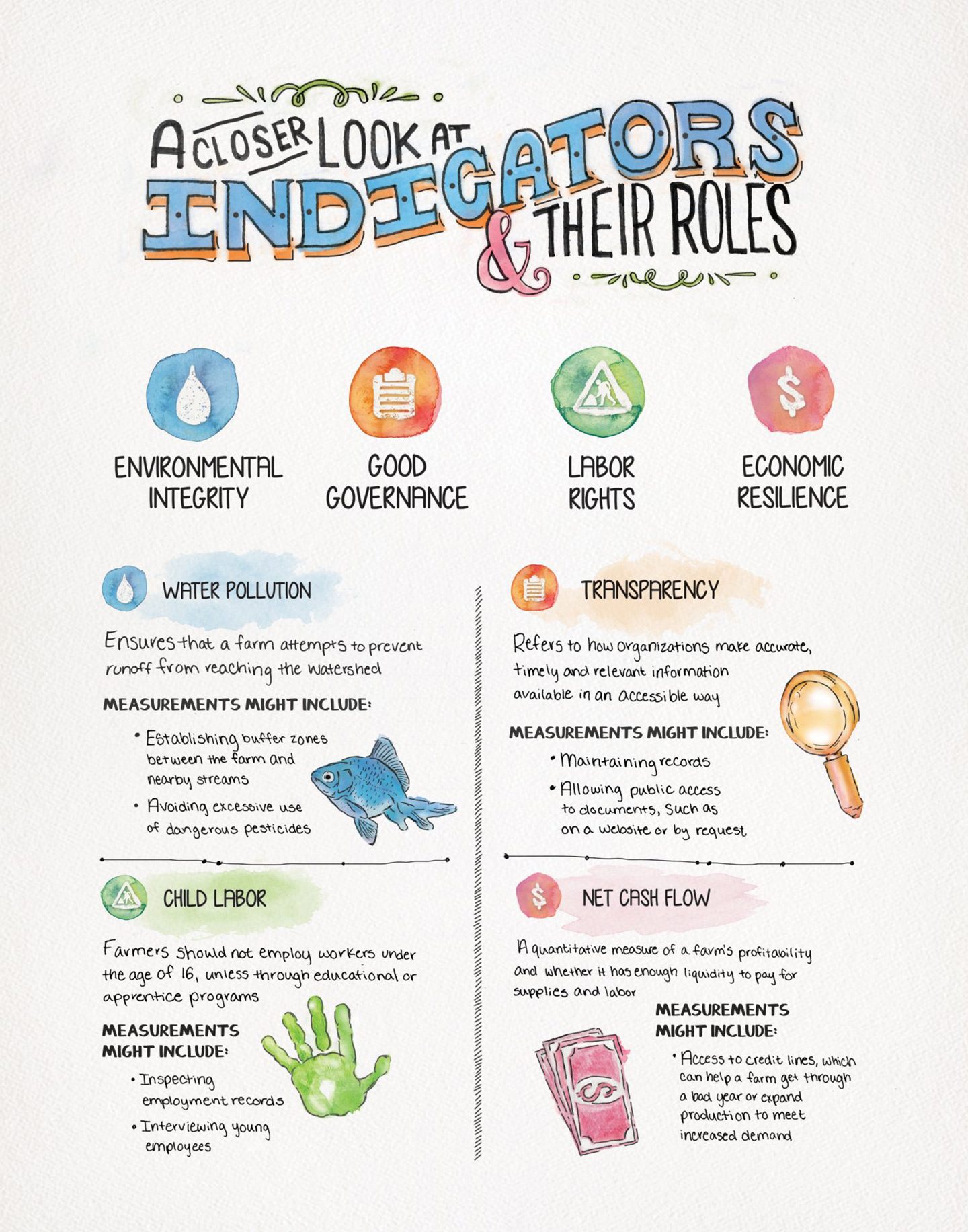
These newer assessments are being developed both by public institutions, such as the U.N.’s Sustainability Assessment of Food and Agriculture (SAFA) framework and nonprofit sustainability reporting framework organizations like SASB or The Global Reporting Initiative (GRI). They focus on the adaptability, transparency and “materiality” or relevance of particular indicators of sustainability to the operation. Rather than checking off every box on a list, these assessments focus on what is most material, or important, for a particular supply chain. The GRI, a standard bearer of sustainability reporting, has put materiality front and center in its recent guidelines.
Materiality is built into the structure of newer sustainability assessments such as the U.N.’s SAFA framework, which allows for customization and flexibility in measurement. “You start with the default indicators that make up SAFA, and you can delete those that don’t apply to your operation,” said Nadia Scialabba, a senior officer at the U.N.’s Organic Agriculture Program who designed SAFA. “But you have to justify why you did. If you don’t have farm animals, you don’t include those indicators. Before, you had to have your own system to add your own indicators, but now the SAFA tool allows you to add your own indicators. SAFA can handle the way new indicators are calculated in terms of weighting and aggregation.”
Complementing the focus on relevance, these indicators are often flexible and contextualized to the specific locality, providing guidelines for measurement rather than a defined protocol requiring equipment that may be impractical on the ground.
As Tobias Bandel of the agricultural consultancy Soil & More put it, “We talk to the local people about what drives them, what impacts are relevant for them. Then, very often, the technology needs to be adjusted … if you come to them with a big questionnaire, there isn’t enough time to do the audit. Or if your measurements require too much technology, that also won’t work… instead we focus on what’s relevant, looking at the impact.”
For companies trying to reach sustainable supply chains, measuring material indicators in their supply chain is often more meaningful and practical than relying on suppliers who are certified according to a standard.
“We have to move away from the standards and certification system, where you have equivalency and compliance, you have do’s or don’ts,” said Scialabba. “With the information technology we now have, the only keyword is transparency. In the current system, we know if something is assessed as organic or not organic, but you don’t have access to the books to see how that was assessed. You have to trust the assessor.”
These newer sustainability assessment frameworks are still in their infancy, and many questions remain about their usefulness and viability. For one, the flexibility in what indicators are included and how they are measured creates opportunities for cheating that are not present in standardized certifications. Many of the folks in the assessment community I talked to were not overly concerned about this. These new assessment tools could really help a company trying to improve sustainability in its supply chain, or give detailed information to investors, but they’d make a lousy vehicle for greenwashing. They don’t produce a certificate or stamp for consumers, and they are designed to be highly transparent, so that choices in measurement are visible in the assessment.
A hard road, but worth it
In mapping out the dimensions of sustainability and refining the tools to measure them, economists, agronomists, ecologists, sociologists and others in the sustainability community have learned to be adaptable and think carefully about putting a number on a principle in a complex, messy world. They’ve brought into sharper focus what sustainability really means and how it can be realized in the global supply chains that bring chocolate bars to your supermarket.
The certification labels I was considering on my chocolate bars remain an important part of the conversation, and critical for individual shoppers. Standards have the advantage of being directly comparable across different products, since they measure the exact same things. At a quick glance, you can know exactly what a certification means. That’s important for a shopper suffering an existential crisis over a chocolate bar.
Because standards-based certifications are rigid, they struggle to capture meaningful nuances in the sustainability of supply chains, such as the regional sustainability issues particular to Latin American or West African chocolate. What’s measured may be irrelevant to the actual sustainability of that particular farm, or unmeasurable on the ground. They’re useful for shoppers trying to make a sustainable choice, but don’t provide the depth of analysis needed to restructure a supply chain.
True-cost accounting and other impact assessment frameworks measuring material and contextualized indicators have helped companies take stock of the wider sustainability picture of their supply chains. Three decades on, the sustainability community is working from a simple, powerful ideal to embrace a complex world.

